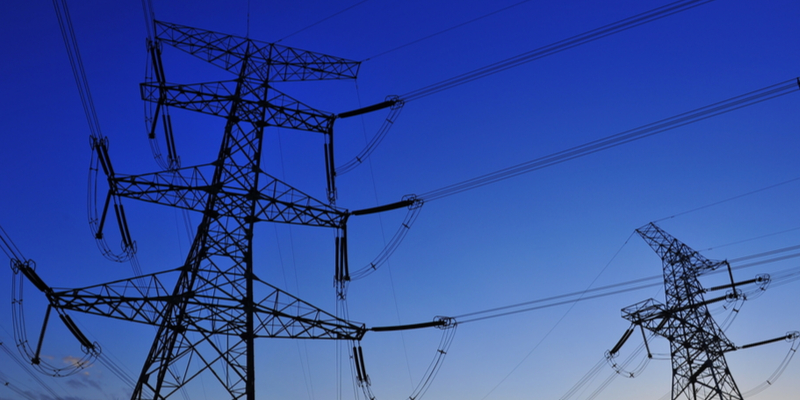A utility grade transformer, either a distribution or service transformer, offers the last voltage transformation in an electric power distribution system. It serves as a storage point for energy to help improve efficiency when backlogs are common, for instance during periods of high demand. Also, adding a utility-grade transformer can postpone the need to invest in new Transmission and Distribution equipment.
It steps down, or steps up, the voltage in the distribution line at the level utilized by the customer. From restaurants to college campuses and IT and data management firms, there are so many different applications for utility-grade transformers. In wind farms, they are used to step-up power transmitted from wind turbines as they connect to their substation, which can be several miles away. In another application, say for instance a large commercial building, a utility-grade transformer can work to step-down the power supplied from a primary distribution voltage.
Power Transformer vs. Distribution Transformer
Power transformers are applied to transmission networks for higher voltages involving step-up and step-down application. They are typically rated over 200MVA. On the other hand, a distribution transformer is ideal for lower voltage distribution networks in order to improve end-user connectivity. They are usually rated below 200MVA.
Benefits of Utility-grade Transformers
The addition of grid infrastructure offers a plethora of benefits for the daily usage and storage of energy. These benefits range to include:
- Transmission and distribution systems will show greater performance and load carrying capacity. The quality of service and overall reliability improves as well. Things like voltage sag and unstable voltage can be compensated for through the use of a transformer.
- It offers a good way to manage congestion of transmission and distribution systems – a common issue that occurs during peak demand. Perhaps this is certain times of the day, or maybe just certain times of the year. Storage can be installed in one or more locations, specifically placed downstream from the jammed segment, thus helping better serve demand in real-time. This stored energy can be released on-demand, as needed.
- Remove the need to buy costly T&D equipment that might otherwise be necessary without the addition of a utility-grade transformer. Without this additional storage system, it may be time to upgrade existing T&D, which can be quite costly. Typically, the T&D infrastructure is replaced 2 years before the overload is predicted to happen. By installing a transformer to help solve the overload issue, you may avoid or at least postpone the need to upgrade T&D equipment.
- Increase how long T&D infrastructure will last and reduce service requirements by reducing the risk of overheating and overusing the system.
Types of Transformers for Rent from Cooling Power
We offer a range of utility-grade transformers to help improve power distribution for companies with varying needs. Each of our rental transformers can be used to step-up or step-down voltage. Our units range between 15 kVA and 2,500 kVA, this gives you an idea as to the range of needs we can accommodate.
Our dry-type transformers can improve energy efficiency and reduce costs. While portable transformers are great for utility applications, as well as industrial and commercial uses. They offer a temporary power supply transformer and are protected by NEMA 3R outdoor enclosures so that weather is never an issue. Mounted to a skid frame and rated for outdoor use, portable transformers offer a lot of benefits with little maintenance.

